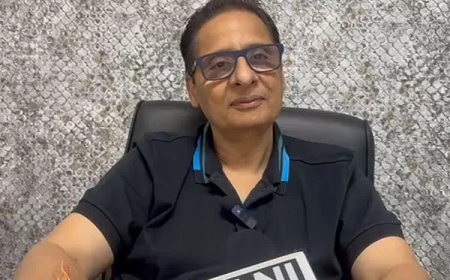GJEPC’s Weighs in with Recommendations at FM's Pre-Budget Meeting
· Urges Government to make India a global trading hub for diamond & coloured gemstones · Introducing a Safe Harbour rule in SNZs · Introduction of Diamond Imprest License · Introducing duty drawback on exports of platinum Jewellery for India UAE CEPA benefit · Reduction in import duty on gold/silver/platinum bars to 4% · Introduce separate HS code for CVD and HPHT diamonds at 8 digit level
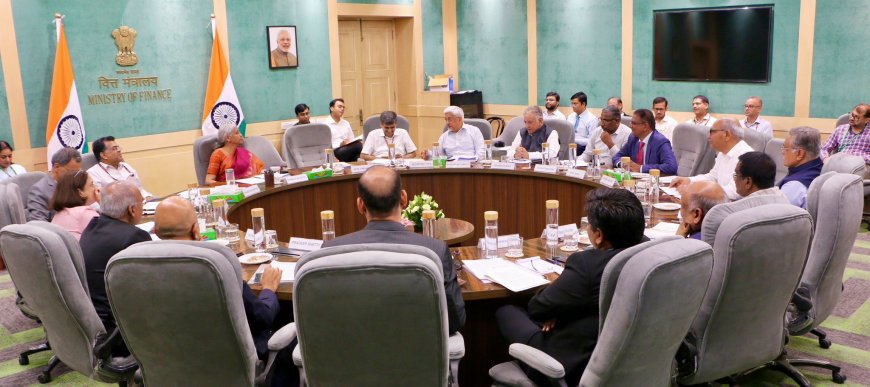
National, 25th June 2024: GJEPC Chairman Shri Vipul Shah presented key recommendations for the gem & jewellery trade at today's pre-budget meeting with Union Finance Minister Smt. Nirmala Sitharaman.
Mr. Vipul Shah, Chairman of GJEPC, said, “The Indian gems and jewellery industry contributes around 10% to India’s total merchandise exports. However, the industry is currently facing some challenges due to the geopolitical scenario, the emergence of the beneficiation scheme, and issues related to rough diamond sourcing. Against the backdrop of the macroeconomic scenario, I urge the government to take measures to revive exports in this sector. I request the Hon’ble Finance Minister to introduce a Safe Harbour rule in SNZs, introduce the Diamond Imprest License, and reduce the import duty on gold, silver, and platinum bars to 4%; and introduce duty drawback on exports of platinum Jewellery to take advantage of India UAE CEPA. These measures are crucial to give a competitive edge to our players and boost exports and at the same time generate employment in the sector.”
GJEPC’s pre-budget recommendations include:
Sale of rough diamonds in Special Notified Zones (SNZs):
GJEPC has urged the Government to consider its long pending demand of sale of rough diamonds in Special Notified Zones (SNZs) through Safe Harbour Rule and to expand the ambit of entities entitled to operate through SNZs. Currently only viewing session are held by mining countries at SNZs. SNZs were established with the prime objective that there would be easy availability of rough diamonds by creating efficiencies in procurement of rough diamonds by allowing overseas diamond mining companies to sell their produce directly to Indian manufacturers through such SNZs.
Sale is allowed in countries like Belgium and Dubai, while there is no direct tax on sale of displayed rough diamonds in Dubai and there is 0.187% turnover tax on sale in Belgium. Indian bidders CANNOT purchase Rough Diamonds from SNZ, as on date, as the waiver under section 9(1)(i) of the Income-Tax Law to such sale at SNZ by FMCs not provided.
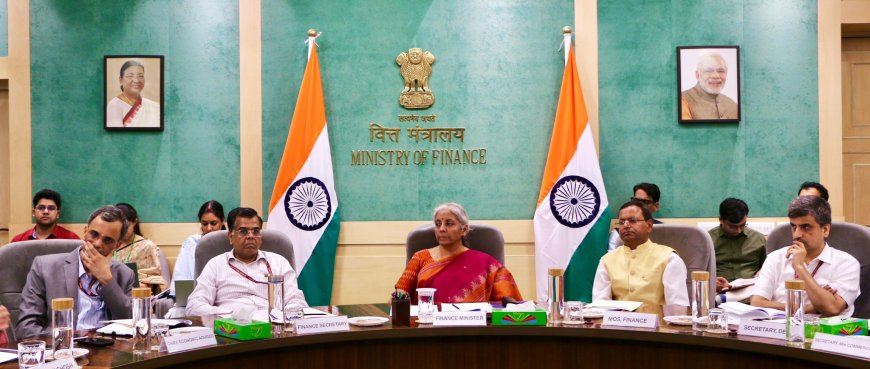
SNZ for rough gemstones in Jaipur:
GJPEC has proposed the establishment of an SNZ for rough gemstones in Jaipur. With these SNZs in Mumbai, Surat, and Jaipur, the critical issue of raw material availability would be greatly relieved.
Facilitate Rough Diamond Broking and Trading Companies at SNZ
With a view to further extend and expand the scope of SNZs, GJEPC requested the Government to also allow globally recognised diamond broking/ trading houses such as Bonas and I Hennig to also similarly operate from such SNZs. Such trading houses are the focal point for sale of diamonds of smaller miners which cumulatively comprise close to 35% of the global mining produce. Pertinently, such trading houses are already having a significant presence in other jurisdictions such as Dubai, Antwerp, etc. Allowing such trading houses to operate from SNZs with similar facilitation as provided to the diamond mining companies would ensure that India has a more flexible, timely and cost-efficient access to such diamonds mined by smaller miners and is thus able to retain its position on the global roadmap as a leader in cutting and polishing of diamonds.
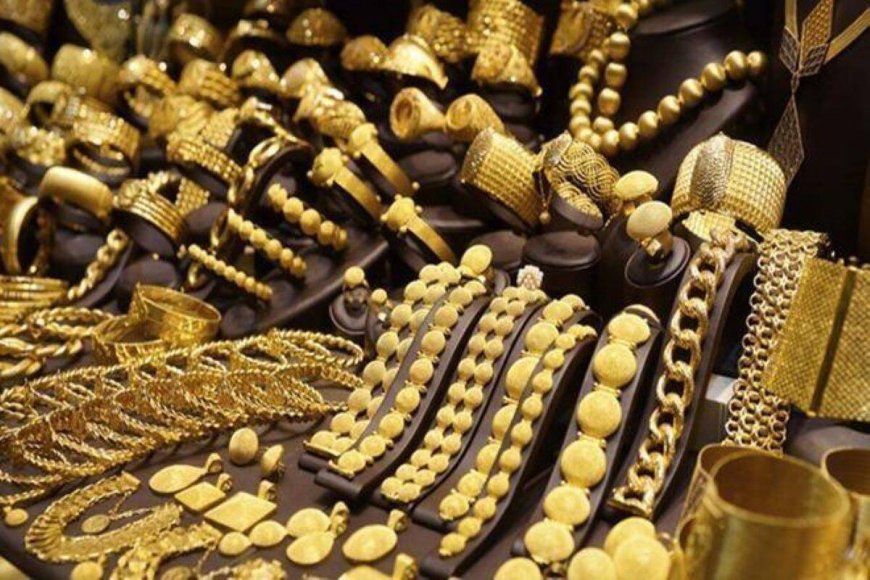
Introduction of Diamond Imprest Licence
Under beneficiation scheme, some mining countries do not allow export of raw/rough diamonds without some value addition (cutting). These diamonds when imported in India are not considered rough diamonds but treated as cut & polished diamonds and attract BCD of 5%. This makes export of polished diamonds from India less competitive as compared to competing countries like China, Vietnam and Sri Lanka. Due to beneficiation, the business is shifting to mining countries like South Africa, Namibia, Tanzania etc.
Diamond Imprest Licence which was there in Foreign Trade policy was withdrawn after the import duty on CPD was abolished in the year of 2009. With re-introduction of import duty on CPD in the year 2012, the scheme was not re-introduced. GJEPC is of the opinion that Indian diamond exporters above a certain export turnover threshold should be allowed to import at least 5%, of the average export turnover of preceding three years. This will provide level playing field for Indian MSME diamond exporters with that of their larger peers. It will stop flight of investment of Indian diamantaires to diamond mining destinations. It will give more employment in terms of diamond assorters and processing of semi-finished diamonds in the factories.
Reduction in import duty on precious metals to 4%:
The Council has also sought reduction in import duty on precious metals Gold Bar (7108) from 15% to 4%. This will ensure that duty blockage of around Rs. 982.16 crore can be released resulting in more working capital in hand for industry. Untapped export potential for gold jewellery can be realised with more working capital (at least US$2 billion of US$ 11 billion in medium period of 2 years). GJEPC has sought reduction in import duty on Silver Bars (7106) from 10% to 4%; and reduction in import duty on Platinum Bars (7110) from 12.5% to 4%.
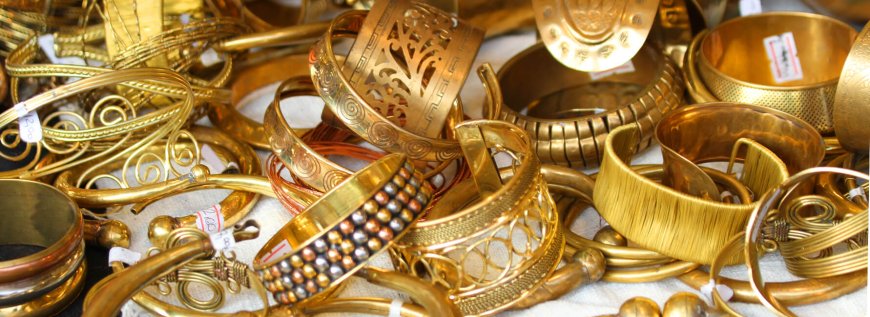
Introducing duty drawback on exports of Platinum Jewellery:
In the absence of tariff rate of platinum combined with high import duties and non-availability of duty-free platinum from nominated agencies/banks, this imposes constraints on DTA exporters and therefore the majority of exports of platinum jewellery is happening through SEZs. Since duty drawback is not available on platinum, therefore DTA units are not able to export as they are not competitive in international market. Also, in absence of tariff rate of platinum, Drawback department is unable to fix drawback rates for platinum jewellery, since there is no basis for determining drawback rates.
India’s gem and jewellery industry heavily relies on imports for its raw materials, including gold, diamonds, silver, and colored gemstones. These materials are brought into the country and undergo either cutting and polishing or are transformed into finished jewellery before being exported worldwide. This thriving industry sustains approximately 4.3 million jobs, contributes about 10% to the country's merchandise exports, and significantly impacts the overall economic growth.
India has established itself as the leading choice for sourcing gems and jewellery on a global scale. However, to uphold this position of prominence, the industry must remain competitive in the international market. It requires strategic policy interventions that adapt to the evolving business landscape within the sector.




























